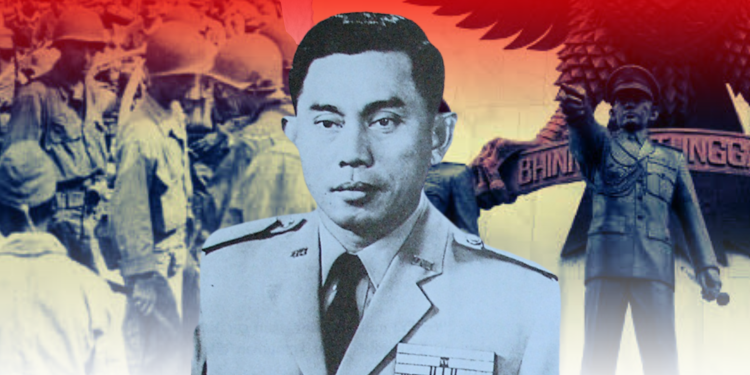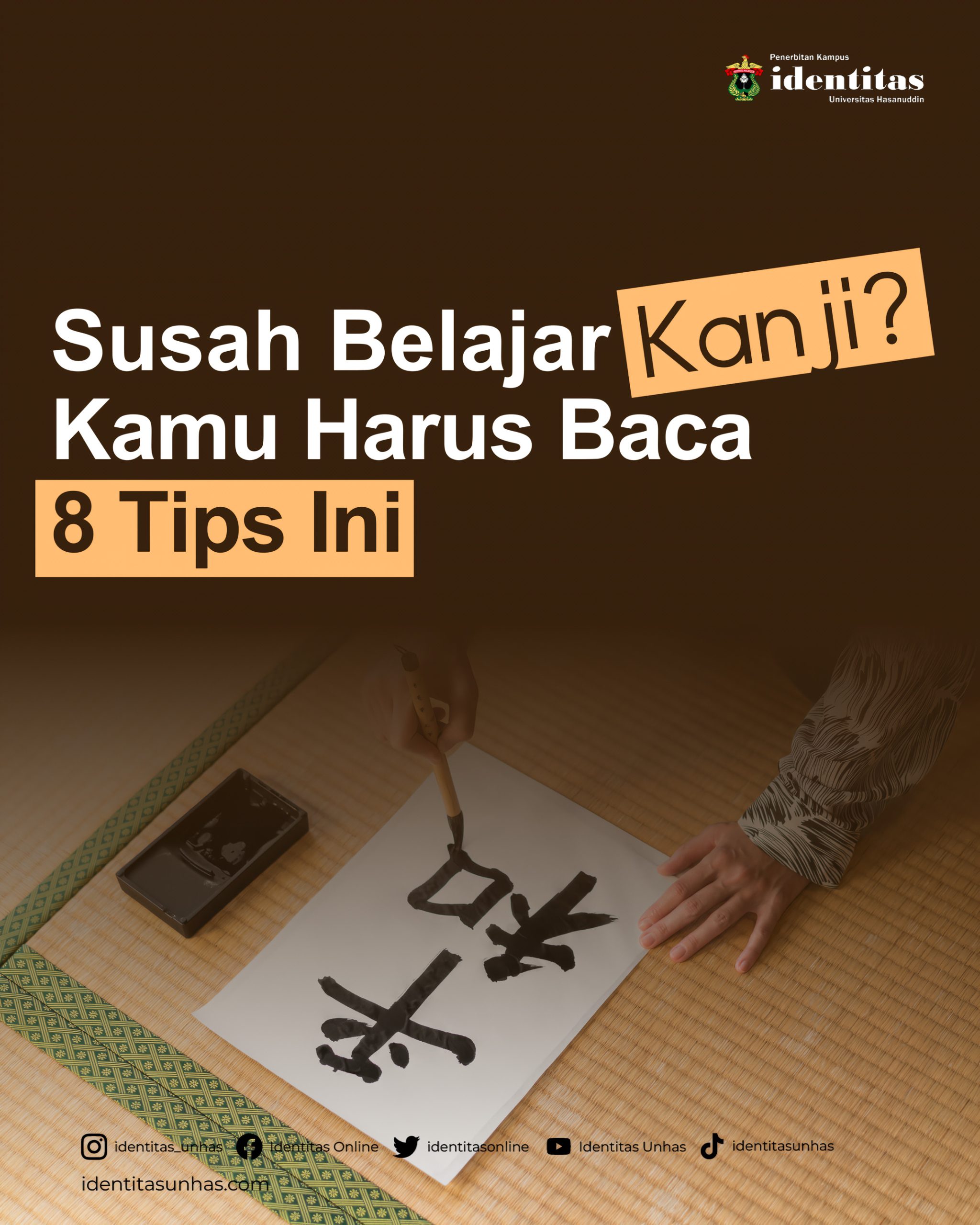September 30th in Indonesia is commemorated as the day of the rebellion by the Communist Party of Indonesia (PKI). The year of 1965 became a dark time in the history of the Republic of Indonesia after gaining independence from western colonialism.
At that moment, a group of Tjakrabirawa soldiers massacred six generals and one army officer. The incident became known as the September 30th Movement or G30S/PKI.
One of those who died in that tragic incident was Ahmad Yani. He was a general who held the position of commander or Chief of Army Units (KSAD). He held the position from June 23, 1962 until he was killed on the night of the G30S.
Educational background
Yani was born on June 19, 1922 in Jenar, Purworejo Regency, Central Jawa. When Yani was a child, he was known to admire Pangeran Diponegoro. He heard his story from his parents in Jenar. Yani is the first of three children of the couple Sardjo Bin Suhardjo and Murtini. Since he was a child, he lived in good conditions. His father was a driver for a Dutch government official in Purworejo named Jans Hulstjin.
In 1928, Yani received his primary education at Hollands Inlandsche School (HIS), an elementary school for native children that uses Dutch as its language of instruction. He was accepted in HIS through his intelligence, along with encouragement from his father’s employer.
After graduating from HIS in 1935, Yani then continued his education at Middlebare Uitgebreit Onderwijs (Mulo) or Junior High School (SMP) in Bogor. Then he decided to migrate to Jakarta in 1938 to continue his education at Al-Gemene Middlebare School (AMS) majoring in science.
In 1940, World War II began to rage in Europe. Realizing the danger of the Japanese invasion, the Dutch East Indies government imposed military conscription. The duty was welcomed by both Dutch and indigenous young people. Yani, who was still in his second year of education at the time, participated in the military service.
Yani was enrolled in the Corps Opleiding Reserve Officieren (CORO) militia education. He then had to go to Magelang to take his education at the Topographic Militia Service for six months. In 1941, he was asked to attend military base education for three months in Bogor. After a long series of education, he was then assigned to Bandung with the rank of Sergeant.
Career path
The proclamation of Indonesia’s independence was a new era for Yani’s military career. He joined the Badan Keamanan Rakyat (BKR) or now the Indonesian National Army (TNI). At that time, Yani and his members in the Pembela Tanah Air (PETA) or the voluntary forces formed by Japan made Battalion III BKR or known as Regiment XIX. The beginning of his struggle with his army succeeded in confiscating Japanese army weapons in two cities, Magelang and Yogyakarta.
When Indonesia finally got recognition of sovereignty from the Netherlands in 1952, Ahmad Yani was ordered to suppress the Darul Islam/Tentara Islam Indonesia (DI/TII) rebellion in Central Java. He formed a special unit known as the Banteng Riders and successfully crushed the rebellion.
Then in 1955, Yani was educated at the Command and General Staff College at Fort Leaven Worth, Kansas, USA for nine months. A year later, he attended a two-month Special Warfare Course in the UK. After his education, he was transferred to the Army Headquarters in Jakarta. He was then assigned to suppress the rebellion of the Revolutionary Government of the Republic of Indonesia (PRRI) in Padang, West Sumatra, in 1958. The operation was a great success and earned him a promotion to Deputy Chief of Army II.
On 23 June 1962, Ahmad Yani was appointed KSAD to replace A H Nasution. His appointment as KSAD at that time was considered quite young, aged 40 years.
His closeness to Soekarno earned him the position of KSAD. Although still relatively young, he was often able to make the first Indonesian president proud. One of them, when Yani was appointed as Joint Chief of Staff of the Supreme Operations Command (KOTI) in the matter of liberating West Irian.
His closeness to Soekarno was even more clear when Yani renovated his house on Jalan Lembang Menteng. Soekarno even took the time to attend the thanksgiving ceremony with his busy schedule as head of state.
After serving as KSAD, the two of them became even more intimate, and many people even considered Ahmad Yani to be the golden child of the proclaimer. There is also news circulating that Yani has been prepared by Soekarno to become his successor president. This news was confirmed by several parties, especially Yani’s colleague, General Sarwo Edhie Wibowo.
Unfortunately, this did not happen. The G30S massacre was the end of the life of General Ahmad Yani. His body along with five other generals and an officer were found in an old well or called Lubang Buaya on 4th of October 1965.
For his services, General Ahmad Yani and six other people were buried at the Kalibata Heroes Cemetery, Jakarta and received a posthumous one-level promotion.
General Ahmad Yani, a smart, gallant, and responsible officer, has died as a kusuma of the nation. He was recognised as a hero of the revolution for his service and dedication to the state and nation.
Read the original version in Bahasa Indonesian.
Original writer: Zidan Patrio
Translated by: Nabila Rafiqah Awaluddin & Muhammad Alif M.


